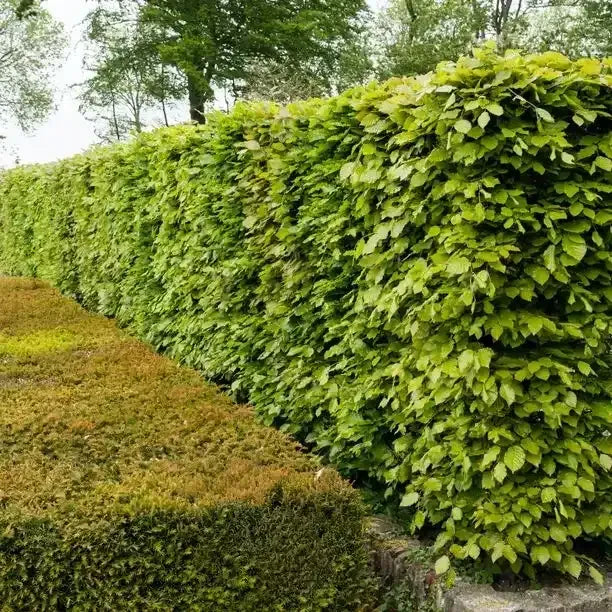Only 5 Left
Sold as:
Bulbs
from £11.95
Only 3 Left
Sold as:
Bulbs
from £16.95
Out of Stock
Sold as:
Bulbs
from £5.95
Only 8 Left
Sold as:
Bareroot
from £24.99
16/10/2025
Photinia Red Robin makes a really photogenic hedge plant, with blazing red young leaves that can be persuaded to reappear all summer with regular trimming and simple but lovely white flowers.
However, just as the most handsome face can be marred by acne, the prettiest Photinia bush can be disfigured by an unpleasant looking dose of Leaf Spot.
It really is an ugly thing to happen to such great foliage, and if it comes your way, you may be quite alarmed.
Our advice is to be calm.
The first thing to consider is that Photinia Red Robin loves sun, warmth and well drained soil.
It will survive perfectly well in quite dark, damp places, but its natural defences will be strained, making it more susceptible to disease.
Cold is more of a problem. The further North you are, the more Photinia Red Robin tends to struggle, especially in exposed locations. A harsh winter followed by a muggy, humid Scottish summer is almost a guaranteed recipe for leaf spot.
Wherever you are in the country, it is very common for Photinia to get leaf spot in the first couple of years after planting due to transplant stress.
Obviously, you can choose the right place to plant them, but you can't control the weather.
There are two possible causes of leaf spots.
Fortunately, the treatment for both is the same.
Assuming that your plants are happy in your location, the most effective prevention is to trim your Photinia twice a year:
Remove and burn or bin affected leaves on sight, don't compost them. Keep the bottom of the plant ruthlessly clean of fallen leaves. A single decaying leaf can be a springboard for enough spores to affect an entire hedgerow!
Healthy plants tend to stay healthy. Overfeeding can be almost as bad as underfeeding: each year, apply a single dose of tree & shrub feed around the base of your plants in early Spring.
If your area has dry soil, apply a bit of mulch around but not touching the stems of your plants in late spring and water your plants if there is a drought.
If you get a few spots coming back, don't worry, it's just nature doing its thing.
If you have a plague of spots year after year, don't waste your time and money on a loosing battle with nasty chemicals and sprays.
Be graceful, and rethink your planting scheme.
